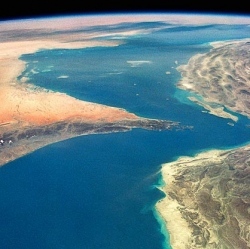
The supercluster of galaxies that includes the Milky Way is 100 times bigger in volume and mass than previously thought, a team of astronomers says. They have mapped the enormous region and given it the name Laniakea, Hawaiian for ‘immeasurable heaven’. Galaxies huddle in groups called clusters; regions where these clusters are densely packed are known as superclusters.
But the definition of these massive cosmic structures is vague. The new study, published in Nature1, describes a novel way to define where one supercluster ends and another begins. A team led by Brent Tully, an astronomer at the University of Hawaii in Honolulu, charted the motions of galaxies to infer the gravitational landscape of the local Universe, and redraw its map.
The team used a database that compiles the velocities of 8,000 galaxies, calculated after subtracting the average rate of cosmic expansion. “All these deviations are due to the gravitational pull galaxies feel around them, which comes from mass,” says Tully. The researchers used an algorithm to translate these velocities into a three-dimensional field of galaxy flow and density. “We really can’t claim to have a good understanding of cosmology if we cannot explain this motion,” says Tully.
